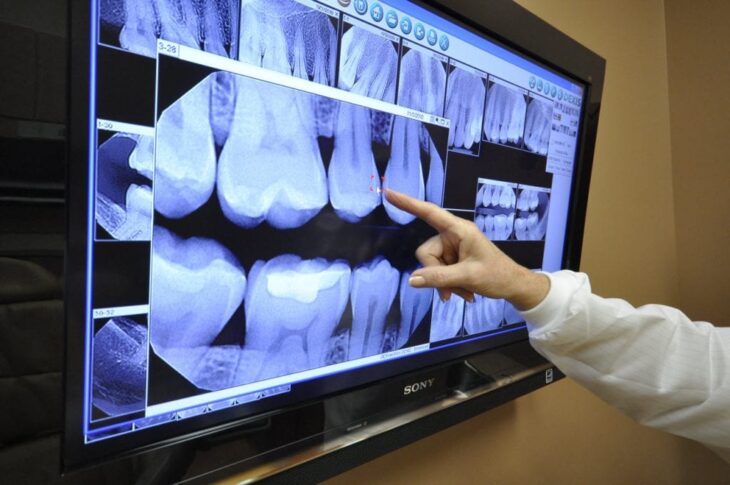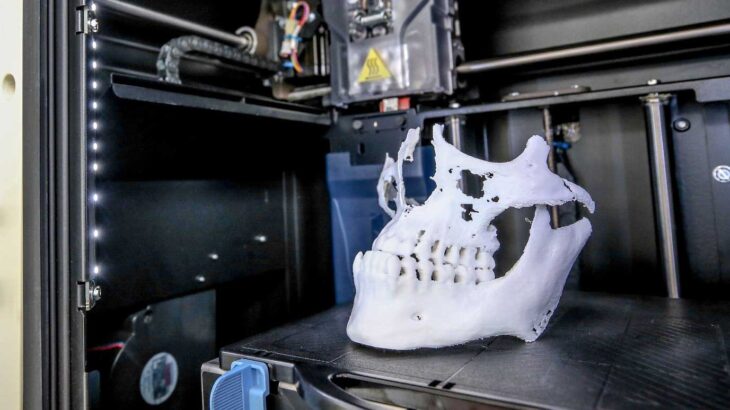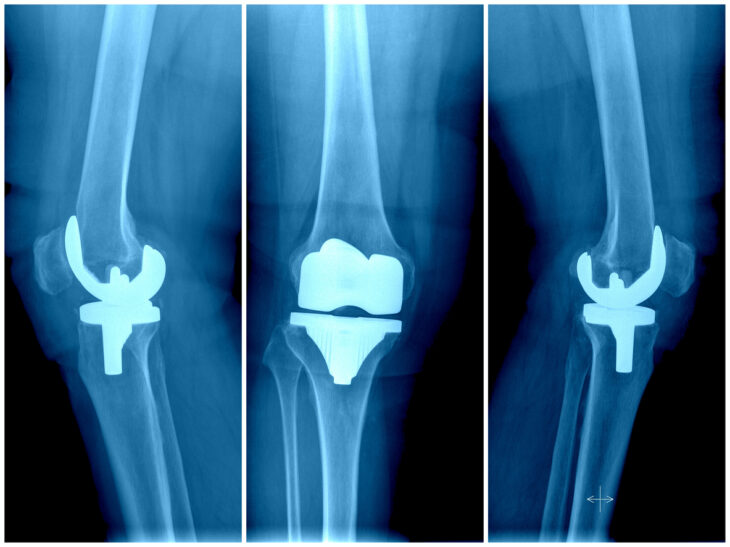As you already know, not everyone can become a surgeon, mostly because at its core, doing it successfully is all about having skills, being precise, and knowing exactly what needs to be done. However, throughout the decades, technology has assisted millions of surgeons, and it has improved a wide range of surgical fields, including microsurgery.
So, how has microsurgery improved through technology? What types of tech assist surgeons the most? Luckily for all individuals that are wondering the same thing, our list below will provide you with the answer you’re looking for. Before we take a look at the top 5 ways tech has improved microsurgery, let’s first look at what it is:
Contents
Microsurgery: Explained
As the name implies, microsurgery is a procedure that can be performed on different parts of the body, but when compared to other surgeries, it’ll require a microscope so that the doctor can see and operate on the issue. This can include a wide range of things, including blood vessels, tubes, nerves, as well as areas such as the ears, nose, and throat – all of which have tiny and really delicate structures. Besides these body parts, it can also be performed on the eyes, to fix issues such as cataracts.
Additionally, plastic and reconstructive surgery heavily depends on microsurgery, mostly because these fields always require the repair of damaged skin, muscles, nerves, and of course, the reattachment of body parts that were amputated. Because of the complexity and difficulty of such procedures, technology has managed to improve the microsurgery field in several ways, which includes the following:

Source: northhoustondentistry.com
1. 2D Planning
As you already know, each of us has different bodies, which means that our body parts are all different when it comes to structure, size, and shape. For a long time, doctors have been using outdated methods for planning surgeries on different body parts, however, with new tech, this has changed. For example, in the past, x-rays were used to see the skeletal features of a particular area that has to be operated on, which didn’t give doctors a lot of space for planning out the procedures that they have to go through.
However, nowadays, with the help of tech such as electronic x-rays combined with powerful computer programs, doctors can see clearly and thoroughly see the condition of, for example, a joint that has to be reconstructed. This type of tech also allows them to precisely measure a wide range of things, making it easier for operators to determine what technique they have to use. 3D planning is also an option, which leads us to the next point of this article…
2. 3D Planning
Since MRIs and CT scans are widely available these days, doctors can use them for planning an operation in 3D. Because of these technologies, doctors can now easily take a closer look into the bone structures, tissues, and muscles, which means that they’ll be capable of knowing exactly what they’ll have to do days, weeks, and even months before the surgery takes places – something that’ll allow them to completely prepare for the surgery.
But, the surgeons don’t only benefit from this. Since microsurgery is often complex and daunting, assistants, nurses, as well as technicians will know, in detail, how the surgery will be done, which means that they’ll have enough time for preparing themselves, and more importantly, any specialized equipment that they might require. All of this can help with improving the odds of completing the operation successfully and without any hindrances along the way.

Source: medimodel.com
3. Improved Gadgets + Instruments
Whether a doctor needs a chrome headlight such as the one offered by Synovismicro.com or if they require a coupler device and system, tech has improved gadgets, instruments, tools, and equipment used by doctors. For instance, the headlight we’ve mentioned comes with perfect balance, a bright LED light, and an adjustability feature, which means that doctors will be capable of seeing the surgical area easily and without any shadows casting over their patients.
Because of new and improved gadgets and instruments, tech has managed to increase the number of successful surgeries simply because they’ve made the entire operation process easier and simpler for the person operating. Besides this, they can reduce the time needed to complete the operation, which, of course, leaves more time for the patient to recover and the surgeon to take care of more patients than usual.
4. Alignment Tools Used For Bone Replacements
Although a hip or knee replacement surgery doesn’t fall into microsurgery, it’s still worth mentioning, especially since the operator will have to deal with a lot of tissues, nerves, blood vessels, and muscles. Because of this, it’s worth mentioning that doctors can now use computer-assisted alignment tools that’ll help them increase correctly and properly position the bone replacements, which is, of course, quite beneficial.
By using a computer-assisted alignment tool, they’ll be capable of rotating and aligning the bone properly, which will in return, make sure that the hip or knee functions better, but more importantly, it’ll function for a longer time. The use of this tech can also help with lowering the chances of dislocation, hence, computers do, in fact, play a very important role when it comes to bone replacement surgeries.

Source: advancedboneandjoint.com
5. Robotics
Last on our list, but equally as beneficial as every other piece of tech we’ve mentioned are robots. Guided by the 2D and 3D operation planning, robots, more specifically, robotic arms can now be utilized for cutting and operating, something that’ll ensure the precise placement of implants, as well as restoring joints. Though it isn’t developed entirely, robots are still being used for some procedures, including knee replacements.
Conclusion
Although microsurgery is one of the most daunting and complex fields in the medical world, it has been made a little bit easier thanks to technology. And, because of this, it’s pretty safe to say that new and emerging technology will only help doctors from all over the world perform better.
Since you now know how technology has changed the world of microsurgery, you might not want to waste any more of your time. Instead, if you want to fully understand the technologies we’ve mentioned above, start researching all of them and see how they’ve helped millions of people worldwide.
